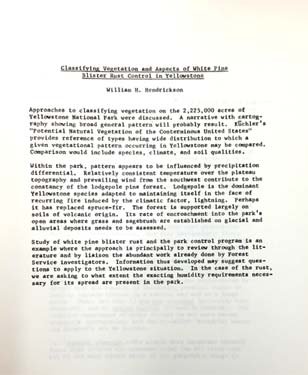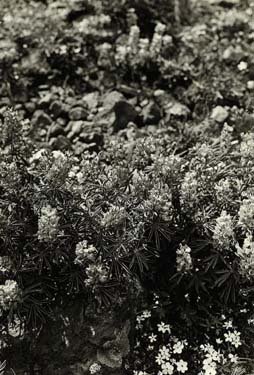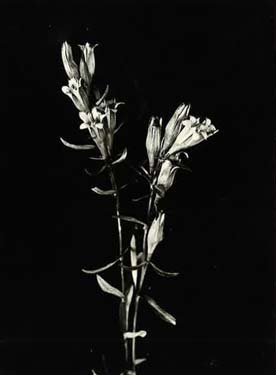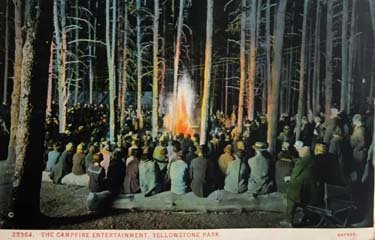Yellowstone
In 1968, William H. Hendrickson, a Deputy Regional Director of the National Park Service Southeast office, discussed a control program for white pine blister rust. In order to classify the 2,225,000 acres of vegetation in Yellowstone, he recommended a control program that draws from literature reviews as well as the work of the Forest Service. White pine blister rust requires two hosts, a white pine and either a currant or gooseberry plant (Ribes ssp.), Indian paint brush (Castillija spp.), or snapdragon (Pedicularis spp.). The disease has the potential to spread beyond individual trees impacting multiple populations of plants and animals in park ecosystems.
In 1971, Douglas B. Houston of Yellowstone National Park, wrote to Charles E. Olmsted seeking negatives and prints of the park from 20s and 30s. Houston was particularly interested in photographs “showing the condition of vegetation on ungulate ranges during periods of prolonged drought.” The photographs shown were taken in Yellowstone in the 1920s by Olmsted’s colleague, George D. Fuller, who was a faculty member of the Department of Botany from 1913-1934.
Geophysical Sciences graduate Joshua H. Miller (SM,‘05, PhD’09) conducted his dissertation research in Yellowstone National Park. He surveyed bones from skeletons of hoofed mammals (ungulates) to explore the region’s ecological history. His research suggests ecological information contained in the fossil record may provide more biological details on extinct ecosystems than previously thought.



